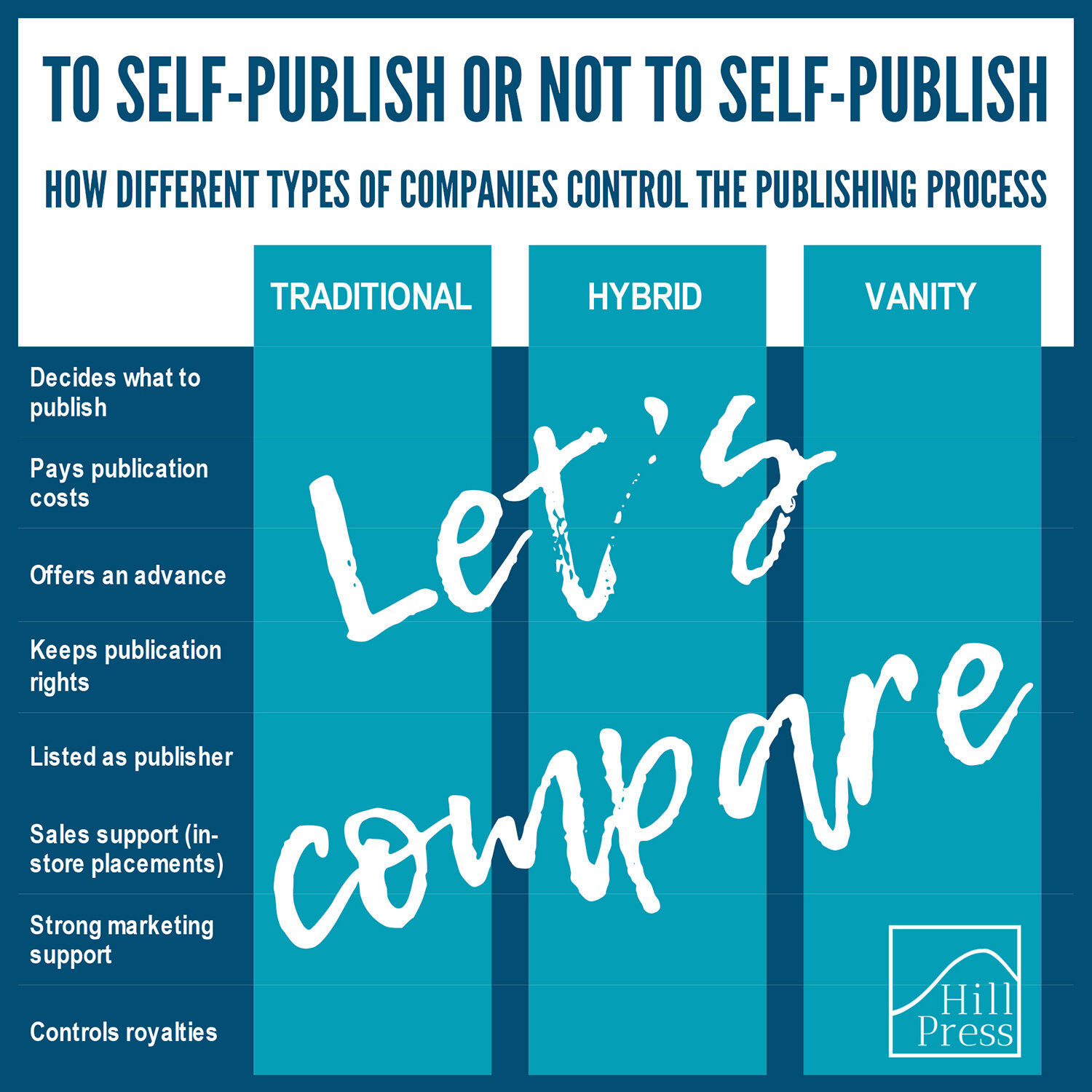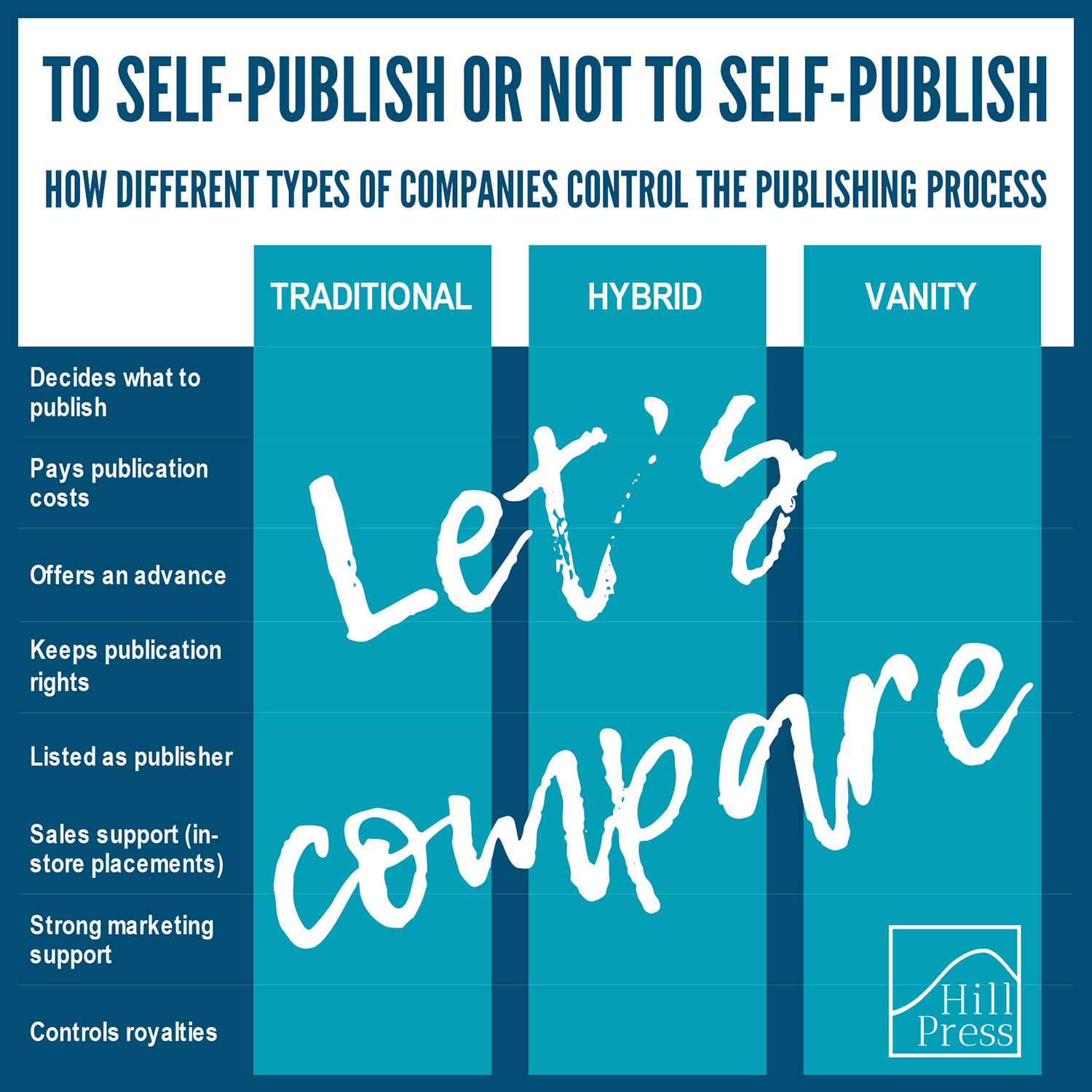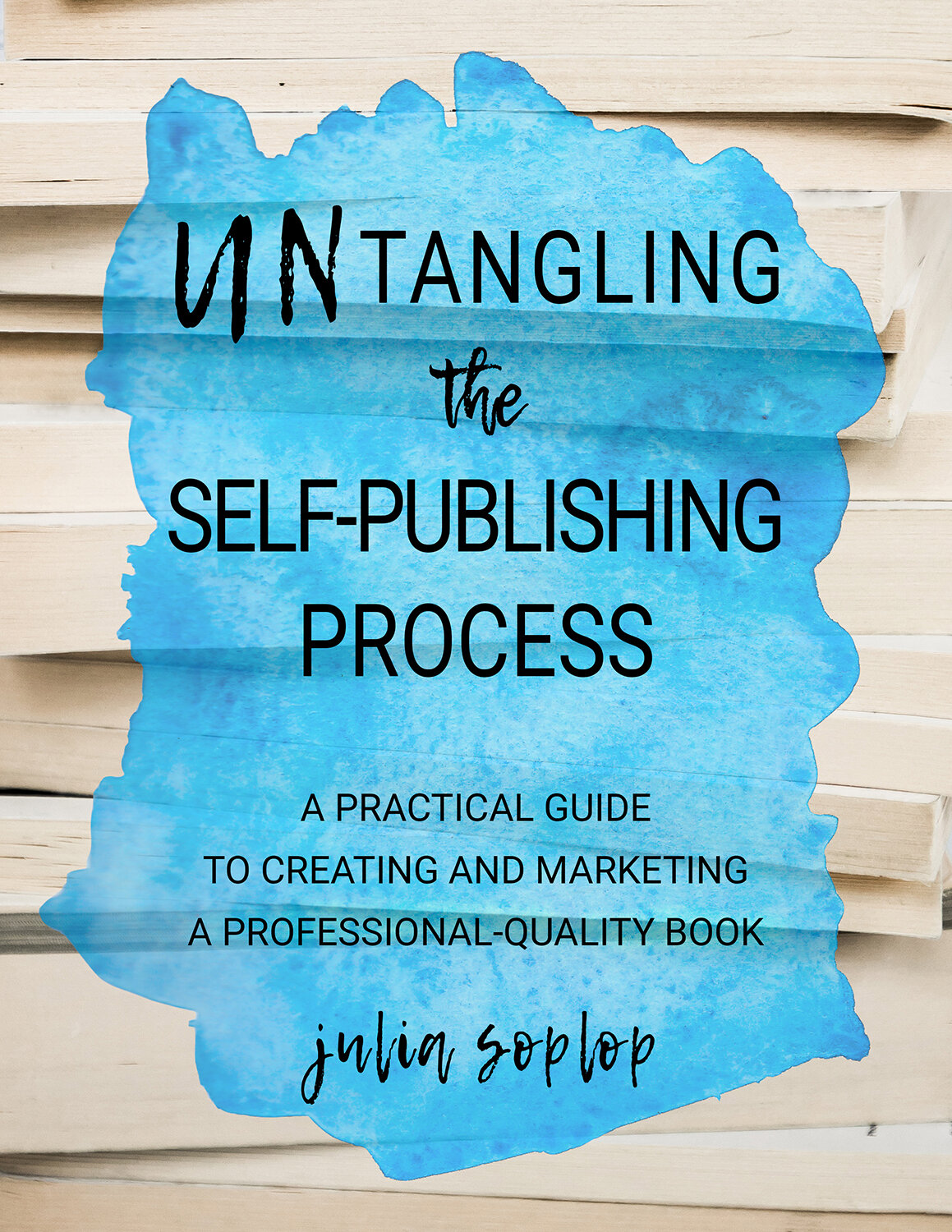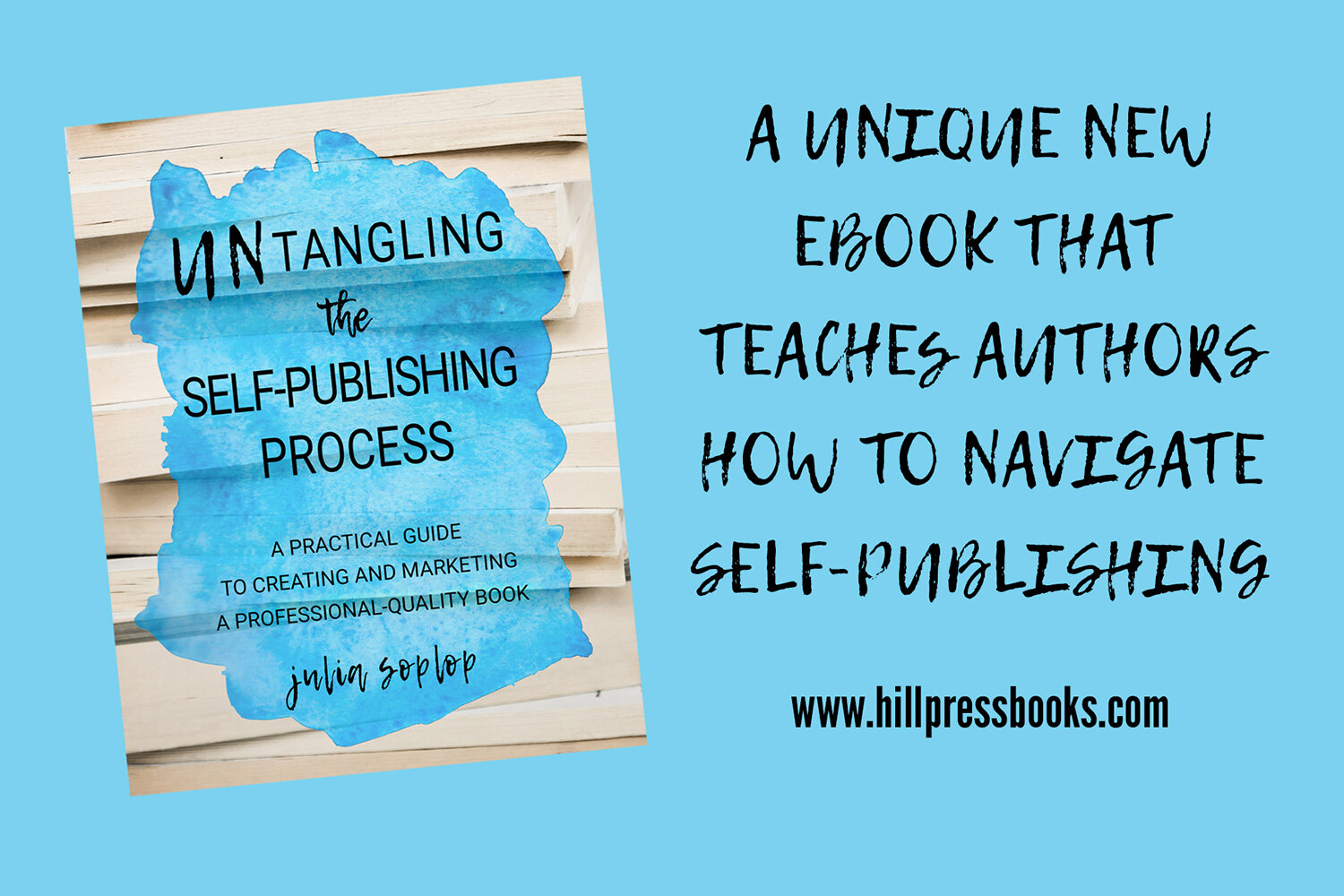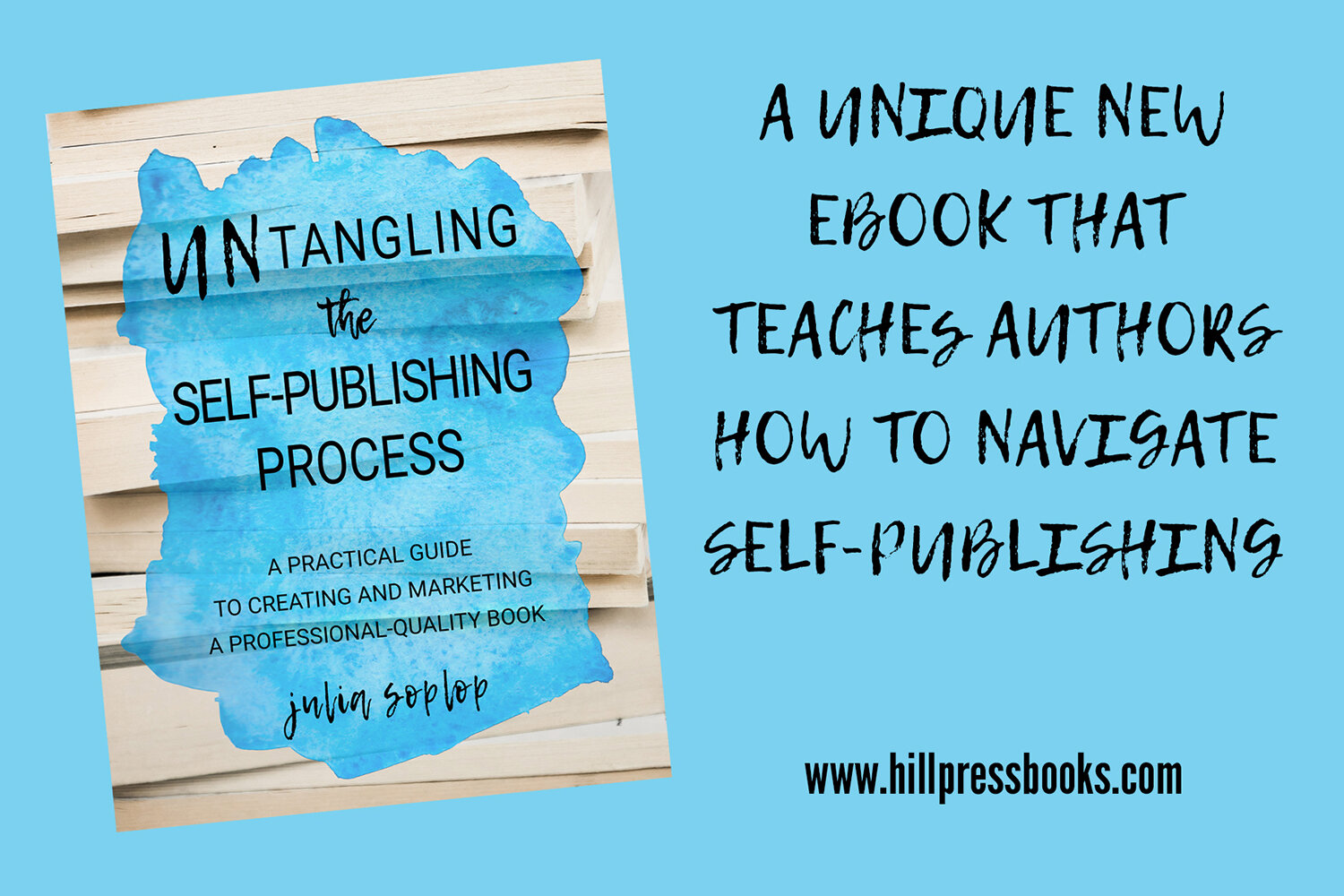What Types of Editing Does My Manuscript Need?
No matter how skilled a writer you are, your manuscript will require numerous rounds and types of editing to elevate it to its full potential. It’s ideal to hire a professional editor to assist you with each round of editing. But if budget is a concern, you may have to try to find family or friends who are willing to help with some of these aspects. Even if you can hire a professional, you’ll still want as many eyes on the manuscript as possible for additional suggestions.
Editors often assess the state of a manuscript before estimating their editing costs, so the tighter the manuscript is by the time it gets in their hands, the less expensive their fees will be. Asking people in your life whose opinions you respect to read your manuscript before it goes to a professional editor is always a good idea.
The following includes an excerpt from Untangling the Self-Publishing Process: A Practical Guide to Creating and Marketing a Professional-Quality Book by Julia Soplop, Hill Press founder.
No matter how skilled a writer you are, your manuscript will require numerous rounds and types of editing to elevate it to its full potential. It’s ideal to hire a professional editor to assist you with each round of editing. But if budget is a concern, you may have to try to find family or friends who are willing to help with some of these aspects. Even if you can hire a professional, you’ll still want as many eyes on the manuscript as possible for additional suggestions.
Editors often assess the state of a manuscript before estimating their editing costs, so the tighter the manuscript is by the time it gets in their hands, the less expensive their fees will be. Asking people in your life whose opinions you respect to read your manuscript before it goes to a professional editor is always a good idea.
Standard Types of Editing
Below are the four standard types of editing your manuscript requires, all of which Hill Press provides. We can help you determine the phase your manuscript is in at the time you reach out to us. Sometimes, you’ll need multiple rounds of one type of editing or another to polish it. And the more proofreaders and rounds of proofreading the better! No single editor, regardless of talent and experience, will find every error in a long manuscript.
Developmental Editing: You’ve completed a full or partial draft of your manuscript. Now it’s time for developmental editing, which tackles the big picture: organization, structure, plot, pacing, and character development. These high-level suggestions can help you focus your rewrites to transform your draft into a finished book.
Line Editing: After you’ve gotten the bones of your manuscript in place based on developmental editing suggestions, you’re ready for line editing. Line editing focuses on how the manuscript flows by examining sentence- and paragraph-level structural issues, word choice, and grammatical and spelling errors. Line editing also looks for inconsistencies in writing style and plot.
Copyediting: Once you’ve updated your manuscript based on line editing suggestions and you feel the content of your manuscript is complete, it’s copyediting time. Any major round of editing likely introduces new errors, so copyediting is essential. Copyediting focuses exclusively on identifying and fixing mechanical issues, such as grammatical, spelling, usage, and punctuation errors.
Proofreading: Yes, you still need proofreading after copyediting. Proofreading is examining a manuscript word by word in search of typos. It takes a meticulous eye. Proofreading should happen before a manuscript goes to layout and again after layout is complete, because the design process can introduce new typos and spacing issues. Proofreading should follow any additional rounds of changes.
Specialized Editing
While any manuscript should go through the types of editing listed above, you may need to seek additional assistance depending on the genre of your book.
Technical editing: If your book covers technical material, such as engineering, scientific research, or law, it’s a good idea to hire a technical editor with experience working in your genre to help ensure content accuracy and adherence to your industry’s style standards.
Sensitivity reading and editing: If your manuscript discusses race, sexuality, disabilities, or any vulnerable or marginalized populations, it’s wise to hire a sensitivity reader or editor to help you determine whether—despite your intentions—your writing could be offensive to those about whom you’re writing. You’ll need to hire someone who specializes specifically in the populations covered in your book. They can help you identify bias, misrepresentation, or inadvertent disrespect and suggest how to adjust your language to be more inclusive. Listen to their input and pay them for it! But remember that no one speaks for everyone in any population, so it’s always a possibility that your word choice may not sit well with all readers. Be open to continued conversations and editing if readers identify insensitivities in your work.
Looking for an editor or self-publishing consultant? Drop us a line.
To learn more about self-publishing, check out Untangling the Self-Publishing Process.
To Self-Publish or Not to Self-Publish: Comparing Book Publishing Options
One of the first questions we often receive from authors is, “What are the publishing options for my book?” The answer is that there are numerous paths to consider, all with advantages and disadvantages, and it can take some time to determine the best one for you and your book. To help you get started, this post will define different publishing options—traditional, hybrid, vanity, and self-publishing; list distinguishing characteristics of each option; and offer a comparison chart.
The following is an excerpt from Untangling the Self-Publishing Process: A Practical Guide to Creating and Marketing a Professional-Quality Book by Julia Soplop, Hill Press founder. Check out the ebook for further discussion on the pros and cons of traditional publishing vs. self-publishing, as well as an overview of the entire self-publishing process.
One of the first questions we often receive from authors is, “What are the publishing options for my book?” The answer is that there are numerous paths to consider, all with advantages and disadvantages, and it can take some time to determine the best one for you and your book. To help you get started, this post will define different publishing options (traditional, hybrid, vanity, and self-publishing); list distinguishing characteristics of each option; and offer a comparison chart.
Questions to Ask When Comparing Publishing Options
When determining which publishing avenue might work best for you, some of the most important questions to consider are:
Who decides what to publish?
Who pays publications costs?
Who offers an advance?
Who retains the publishing rights?
Who is listed as the publisher?
Is sales support for in-store placement provided?
Is marketing support provided?
Who controls and gets a slice of the royalties?
Book Publishing Options
Traditional Publisher
Traditional publishers have long acted as the gatekeepers of the literary world. They mostly include the Big Five: Penguin Random House, HarperCollins, Hachette, Macmillan, and Simon & Schuster. They all publish under many imprints, which are basically independent, themed brands. For example, Penguin Random House owns numerous imprints, such as Bantam, Ballantine, Three Rivers Press, Penguin Books, and Penguin Classics. The Big Five make up about 80 percent of the U.S. market for general interest trade books, like novels and nonfiction literature. Smaller, independent presses—meaning companies not associated with the Big Five—and independent, self-publishing authors make up the rest of the market.
Traditional publishers select the books they publish. They typically offer an author an advance of some level—usually a larger advance for an established author and/or a book expected to be hugely commercially successful. They cover production costs. They retain publishing rights to the book. They distribute the book and typically help to position it in brick-and-mortar stores. They may or may not provide some limited marketing support. (Unless the author is quite famous, splashy marketing campaigns are often the product of the author hiring a separate marketing firm.) Traditional publishers offer a percentage of the royalties to authors, but usually only once book sales cover the production costs of the book and the advance. Many authors never sell enough books to receive royalties. Traditional publishers used to employ offset printing—that is, the process in which inked images are transferred from metal plates onto rubber “blankets,” then onto paper—which can produce a higher quality print product. These days, however, many are turning to print-on-demand (POD), just like everyone else.
Hybrid Press
A hybrid press is just what it sounds like: a combination of traditional publishing and self-publishing. They select which books to publish, but their standards are likely much lower than a traditional publisher’s. You pay the production costs. You do not receive an advance. You may lose some editorial control. They retain publishing rights. They are listed as the publisher. A true hybrid press should offer you some level of distribution support, meaning they have a dedicated sales team positioning your book in brick-and-mortar stores. They offer you some level of royalties, keeping a percentage for themselves to cover their sales support. They may use offset printing or POD. They are unlikely to offer much marketing support.
Vanity Press
A vanity press is a configuration that many industry professionals caution against using. It can be difficult to distinguish between a vanity press and a hybrid press without reading the fine print. When a vanity press publishes your book, you pay the publishing costs. You do not receive an advance. You may or may not lose some editorial control. They retain the publishing rights. They are listed as the publisher. They upload your book to a wholesale distribution service (which you can do yourself), but they don’t have a sales team to position it in brick-and-mortar stores. They typically use POD. They often take a hefty portion of the royalties despite not doing distribution work themselves. They don’t usually offer marketing support.
Self-Publishing
Self-publishing means you control the entire publication process for your book. Authors who want to self-publish their work to retain editorial control and publishing rights but still produce high-quality books can hire professional publishing support services, such as editors, artists, book designers, and marketing professionals. These authors can then make their own choices about the self-publishing and distribution platforms they use and set their own list prices and wholesale prices. They can buy their own ISBNs and can create their own imprints.
Authors who want to put their work into the world but don’t have funds to hire professional publishing support services handle the entire editorial and design process, perhaps with the free assistance of family and friends. These authors can then make their own choices about the self-publishing and distribution platforms they use and set their own list prices and wholesale prices. They can buy their own ISBNs and can create their own imprints.
Hill Press
Hill Press is a mixed model. We offer editorial and publishing support services for independent authors, including a full range of editorial services, design referrals, and publishing consulting. These author clients retain their publishing rights and self-publish their books.
Separately, we have our own publishing arm. When we do publish books through our Hill Press imprint—our publishing brand or trade name—we pay the publishing costs, retain publication rights, and offer authors generous royalties. (We are not a vanity press!)
Publishing Comparison Chart
Below you’ll find a chart comparing types of publishing companies based on whether they decide what to publish, pay publications costs, offer an advance, keep publishing rights, list themselves as the publisher, provide sales support for in-store placement, offer strong marketing support, and control royalties. The offerings of individual companies and the ways those companies support individual authors may vary. For example, a traditional publishing company may offer some marketing support to celebrity authors but not much at all to non-celebrities. This chart depicts the trends.
There is no need to include self-publishing in the chart, because when you self-publish, regardless of whether you hire publishing support services or DIY, you incur all costs but also control the entire publishing process.
Want to learn more about what it takes to self-publish your book? Check out Untangling the Self-Publishing Process.
Our Unique New Book Teaches Authors How To Self-Publish and Market Their Books
Putting your work into the world on your own terms is a liberating experience. But it can be a confusing one, too. We are proud to announced the publication of Hill Press founder Julia Soplop’s ebook, Untangling the Self-Publishing Process: A Practical Guide to Creating and Marketing a Professional-Quality Book, which cuts through the troves of background noise you’ll find online to help you navigate self-publishing. It offers both a both a bird’s-eye view of the entire book project and an understanding of the steps necessary to accomplish it, empowering you to publish and market your book in a way that you want, can manage, and can afford.
Putting your work into the world on your own terms is a liberating experience. But it can be a confusing one, too. We are proud to announced the publication of Hill Press founder Julia Soplop’s ebook, Untangling the Self-Publishing Process: A Practical Guide to Creating and Marketing a Professional-Quality Book, which cuts through the troves of background noise you’ll find online to help you navigate self-publishing. It offers both a both a bird’s-eye view of the entire book project and an understanding of the steps necessary to accomplish it, empowering you to publish and market your book in a way that you want, can manage, and can afford.
The self-publishing process is not linear; many activities happen simultaneously, which makes it difficult to provide a detailed list of chronological steps. Many publications shy away from offering such a list for this reason. One of the most unique features of Untangling, however, is its “Ideal Self-Publishing Chronology Checklist,” which breaks down the entire process into approachable phases, then divides those phases into different categories of steps you can manage concurrently. The book appendix includes a printable version of the checklist, so you can track your own publishing journey.
In addition, Untangling offers more than 80 pages of insight, walking through each step of how to self-publish a book:
Evaluating the pros and cons of self-publishing vs traditional publishing
Hiring professional services, such as illustrators, editors, and designers
Types of editing, including developmental editing, line editing, copyediting, and proofreading
Obtaining and creating graphics
Book interior design and ebook conversion
Book cover design
Evaluating self-publishing platforms and distributors, including Amazon/KDP and IngramSpark
Acquiring your ISBN, LCCN, and copyright registration
Setting up your book listing for publication
Developing and implementing your book launch and marketing strategy
Click here to read about author Julia Soplop.
Purchasing
Click here to purchase Untangling the Self-Publishing Process.



